ASIAKKAITAMME

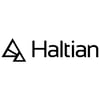


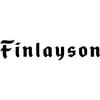




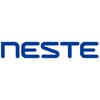

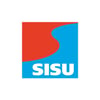
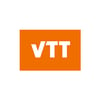

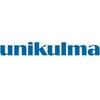



























Joskus suuret tarinat ovat pienestä kiinni
Suomeen houkuteltu lahjakas saksalaisinsinööri Rudolf Kolster jätti Hannoverin kuningaskunnan ja lähti Suomen teknillisen koulun koneenrakennuksen opettajaksi. Vuonna 1874 hän perusti yrityksen, joka on säilynyt suvussa viiden sukupolven ajan. Tämän viiden sukupolven mittaisen tarinan luja ydin on immateriaalioikeuksien asiantuntijuudessa. Rudolf Kolsterin yhden miehen yrityksestä on kasvanut 80 huippuammattilaisen joukko, joka palvelee startup- ja pk-yrityksiä, globaaleja suuryrityksiä, yliopistoja ja tutkimuslaitoksia.
Aineettomasta omaisuudestasi kilpailuetua
Olemme yksi Euroopan kokeneimmista immateriaalioikeuksiin (IPR, Intellectual Property Rights) ja lakipalveluihin erikoistuneista asiantuntijayrityksistä. Autamme asiakkaitamme kehittämään patenteista, hyödyllisyysmalleista, mallioikeuksista, tavaramerkeistä, verkkotunnuksista ja sopimuksista liiketoiminnalle arvokkaita kilpailuvälineitä. Meiltä saat kaikki IPR- ja lakipalvelut keksintöjen, muotoilun ja brändien suojaamiseksi, puolustamiseksi ja kaupalliseksi hyödyntämiseksi kaikkialla maailmassa.
top 100 yrityksestä maailmassa on asiakkaitamme (Fortune 100)
globaalia merkinhaltijaa luottaa palveluihimme tuoteväärennöstenvastaisessa työssä
vuotta innovaatioiden suojaamista ja kaupallistamista
Aamiaisseminaari 10.4. | IPR liiketoiminnan muutoksissa
Kun yritysjohto tekee strategisia päätöksiä, myös IPR-strategiaa on päivitettävä vastaamaan uutta tilannetta. Seminaarissa mukana Neste Oyj:n Head of IPR Roberto Castagno.
top 100 yrityksestä maailmassa on asiakkaitamme
globaalia merkinhaltijaa luottaa palveluihimme tuoteväärennöstenvastaisessa työssä
vuotta innovaatioiden suojaamista ja kaupallistamista



